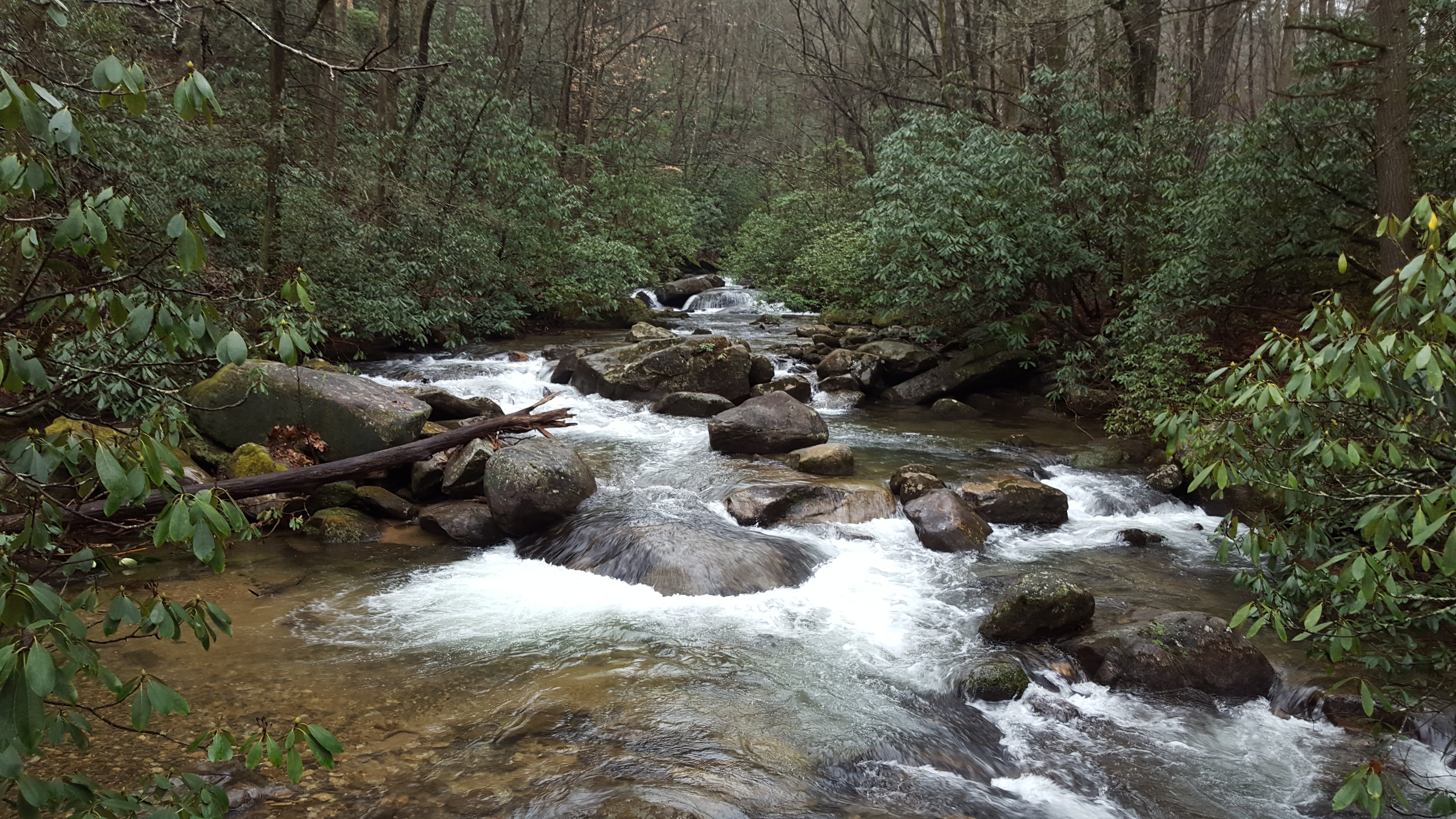-
Posts
10,517 -
Joined
-
Last visited
Content Type
Profiles
Forums
Gallery
Events
Everything posted by ccoyle
-
@greenstone or anyone else familiar with this kit, For the life of me, I can't find the rigging diameter specifications in the instructions or plans. There are three diameters of rigging in the kit, and so far I can only find where the 0.5 mm line is used for lanyards. I'm at the point of wanting to rig the gun tackles, but can't find the line specs. Help!
- 117 replies
-
1) Brass and wood belaying pins each have their benefits and drawbacks. Brass pins are usually truer to scale, but then of course they're made out of brass, which means they need to be treated or painted before use. Wooden pins are typically out-of-scale. That's an easy issue to correct if you have a rotary tool -- simply place the pin in the chuck and give it a quick pass with a file or sandpaper and the job is done. 2) It's not uncommon for kits to be short a few of the fiddly parts. MS will replace any missing parts for free if you contact their customer service. Happily, blocks are parts that you won't need for quite some time, and hopefully everybody's shipping departments will be back up to full speed. Cheers!
- 950 replies
-
- syren
- model shipways
-
(and 1 more)
Tagged with:
-
Hey, Bob. Next to your username in the upper right corner is a drop-down menu. Click the "account settings" options, then look for "signature" in the left-hand side bar menu. That's where you can edit your signature. Please note that our guidelines suggest a limit of four lines of text in signatures (which, obviously, a lot of members have forgotten or overlooked). Cheers!
-
I believe that MK sells an upgraded version of the kit that includes the boat(s), but they can also be purchased separately -- something to keep in mind if you decide to add one to your build.
- 275 replies
-
- phoenix
- master korabel
-
(and 1 more)
Tagged with:
-
But hopefully the shortcomings you mentioned will be rectified when Daniel Dusek reissues this kit, if he hasn't done so already.
-
These little ship's boat kits are really something!
- 275 replies
-
- phoenix
- master korabel
-
(and 1 more)
Tagged with:
-
Welcome aboard! Ah, but it does! It represents the reproduction, the ship that currently exists. It's a real ship, just not the original Niagara. 😉
-
Indeed! Once upon a time it was a place to find real deals. Now it is a wasteland of people who think that they should sell second-hand merchandise for the same price (or more) as a new item. People -- get a clue!! 😑
- 77 replies
-
- morel
- master korabel
-
(and 1 more)
Tagged with:
-
Hi, Justin. Yes, Crown Model and Woodenkit are both on the naughty list, as described in the topic linked to previously, so I had to remove the link in your post (no worries). You are doing a fantastic job on the MK version -- the finish looks particularly nice. Cheers!
- 77 replies
-
- morel
- master korabel
-
(and 1 more)
Tagged with:
-
The key is part o the coat of arms of Bremen, one of the cities in the Hanseatic League, and symbolizes the city's patron saint, Simon Petrus. It dates back to 1366.
- 175 replies
-
- hanse kogge
- shipyard
-
(and 1 more)
Tagged with:
-

James Caird by BNoah - FINISHED
ccoyle replied to BNoah's topic in - Build logs for subjects built 1901 - Present Day
An interesting subject! To continue this log, just add replies to this thread -- hitting the "create new topic" button will create multiple build logs. Cheers!- 12 replies
-
- james caird
- boat
-
(and 1 more)
Tagged with:
-
This looks like it is a finished example of Artesania Latina's Harvey kit. a generic Baltimore clipper in 1/47 scale, which produces a rather large model, as can be seen in the photo. Curious why the builder would have affixed a Dutch coin to the model.
-
Congrats on another fine model and an entertaining log to go with it!
- 335 replies
-
- alert
- vanguard models
-
(and 1 more)
Tagged with:
-
I built the POB version, which had a number of issues. The instructions and kit contents would obviously have had to have been modified for a solid-hull version, but I'm unfamiliar with the changes. Interestingly, the POB version was itself a revision of the original solid-hull version, which dates way back to MS's yellow box days. There's a few photos of my finished model in the gallery here.
-
Welcome! Are you building the current solid-hull version of the kit, or the older POB version?
-
Hi, Barbara. A good way to find such information is to use our search function. You can enter a string of search terms, such as "pride of baltimore finished", then select the "more options" button, followed by the "topics" option and "titles only." I did so and got two hits for completed build logs, which you can see here. Enjoy!
-
Dmitriy, I have always liked the appearance of the pre-Dreadnoughts, and of course the Russians had many of them. At one time I had a number of the card model versions from Orel (they have an extensive product line), but I decided that they were beyond my ability to build nicely, so I sold them.
-
Jim, we missed your regular painting updates! Armed trawlers on the North Atlantic convoy routes figured prominently in the latest book I just finished reading.
-
Clever -- and outstanding job on the figures, too!
- 23 replies
-
- oseberg
- billing boats
-
(and 2 more)
Tagged with:
-

Help with soldering
ccoyle replied to Kevin Kenny's topic in Metal Work, Soldering and Metal Fittings
Well, I don't know anything about resistance soldering, but it was fun to see & hear one of our members! -
That's a nice kit, and I have built it myself, but its instructions aren't the greatest either. That won't be a problem if you make good use of the resources available here, though. There's also multiple build logs of finished examples to use as guides, too. Cheers!
-
The chief knock I've seen against Billings is their somewhat meager instructions, but we have some members who love them and have built fantastic models from them. Mastini's book is based on the Artesania Latina version, which is similar. But -- you should build something that will hold your interest, so if a small man o' war is what interests you, then have a look at a cutter or armed schooner. Lots of examples out there.
-
Like a lot of people in this neck of the woods, I'm not actually from these parts -- transplanted California native. 😉
About us
Modelshipworld - Advancing Ship Modeling through Research
SSL Secured
Your security is important for us so this Website is SSL-Secured
NRG Mailing Address
Nautical Research Guild
237 South Lincoln Street
Westmont IL, 60559-1917
Model Ship World ® and the MSW logo are Registered Trademarks, and belong to the Nautical Research Guild (United States Patent and Trademark Office: No. 6,929,264 & No. 6,929,274, registered Dec. 20, 2022)
Helpful Links
About the NRG
If you enjoy building ship models that are historically accurate as well as beautiful, then The Nautical Research Guild (NRG) is just right for you.
The Guild is a non-profit educational organization whose mission is to “Advance Ship Modeling Through Research”. We provide support to our members in their efforts to raise the quality of their model ships.
The Nautical Research Guild has published our world-renowned quarterly magazine, The Nautical Research Journal, since 1955. The pages of the Journal are full of articles by accomplished ship modelers who show you how they create those exquisite details on their models, and by maritime historians who show you the correct details to build. The Journal is available in both print and digital editions. Go to the NRG web site (www.thenrg.org) to download a complimentary digital copy of the Journal. The NRG also publishes plan sets, books and compilations of back issues of the Journal and the former Ships in Scale and Model Ship Builder magazines.



_svg.png.0137a615d0477c4f2603a607bedfd19c.png)